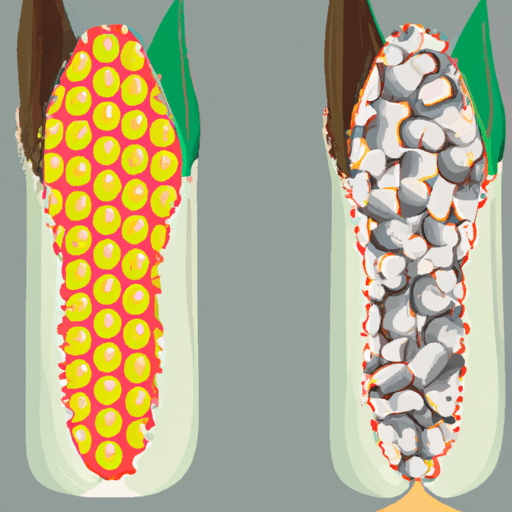Climate Change and its Impact on Biodiversity
Climate change is one of the most significant threats to biodiversity across the world. Changes in the Earth's climate have been observed in recent years, with rising temperatures, changes in precipitation levels, and increased natural disasters. These changes are impacting countless species, jeopardizing their habitats and survival. In this article, we will explore the ways in which climate change is affecting biodiversity, the consequences associated with these changes, and what can be done to mitigate its impacts.
How Different Species are Being Affected
Climate change is impacting a wide variety of species in different ways. In some cases, species are being driven to extinction due to rising temperatures, changes in precipitation levels, and natural disasters. As temperatures rise, some species may no longer be able to survive in their current environment, leading to population declines. Changes in precipitation levels can also have a negative impact on species, as some species need specific levels of moisture in order to survive and thrive. Natural disasters, such as wildfires and floods, can also cause major damage to habitats, leading to species decline.
In addition to direct impacts on species, climate change is also impacting the habitats of many species. Changes in temperature and precipitation levels can lead to changes in the composition of habitats, making them unsuitable for certain species. In some cases, species may be forced to migrate to new habitats in order to survive, while in other cases, they may be unable to adapt and will go extinct.
Consequences of Climate Change on Biodiversity
The consequences of climate change on biodiversity can be far-reaching and long-lasting. The loss of biodiversity can lead to ecological imbalances, as certain species are important for the health of ecosystems. For example, the decline of pollinators can have a negative impact on plant species, leading to declines in food production. In addition, the loss of species can also lead to economic losses, as certain species are of great value to humans, such as timber or seafood species.
What Can Be Done to Mitigate the Impacts?
There are a number of measures that can be taken to mitigate the impacts of climate change on biodiversity. One of the most important is reducing greenhouse gas emissions, as this is the primary cause of climate change. In addition, promoting sustainable land use practices can help to protect habitats from destruction, while also reducing emissions. Finally, governments and communities can work together to create protected areas and promote sustainable management of natural resources.
Potential Long-Term Effects
The long-term effects of climate change on biodiversity are still unknown, but they could be severe. The loss of certain species can have cascading impacts on entire ecosystems, leading to further species decline and disruption of food webs. In addition, the loss of biodiversity can also lead to economic losses, as certain species are of great value to humans. As climate change continues to impact the environment, it is important to take steps to mitigate its impacts and protect the biodiversity of our planet.



















Comments
Leave a Comment